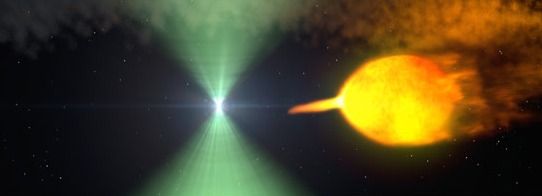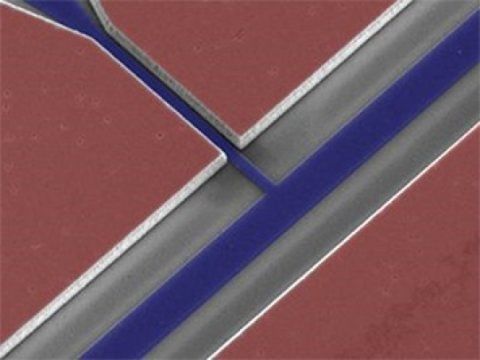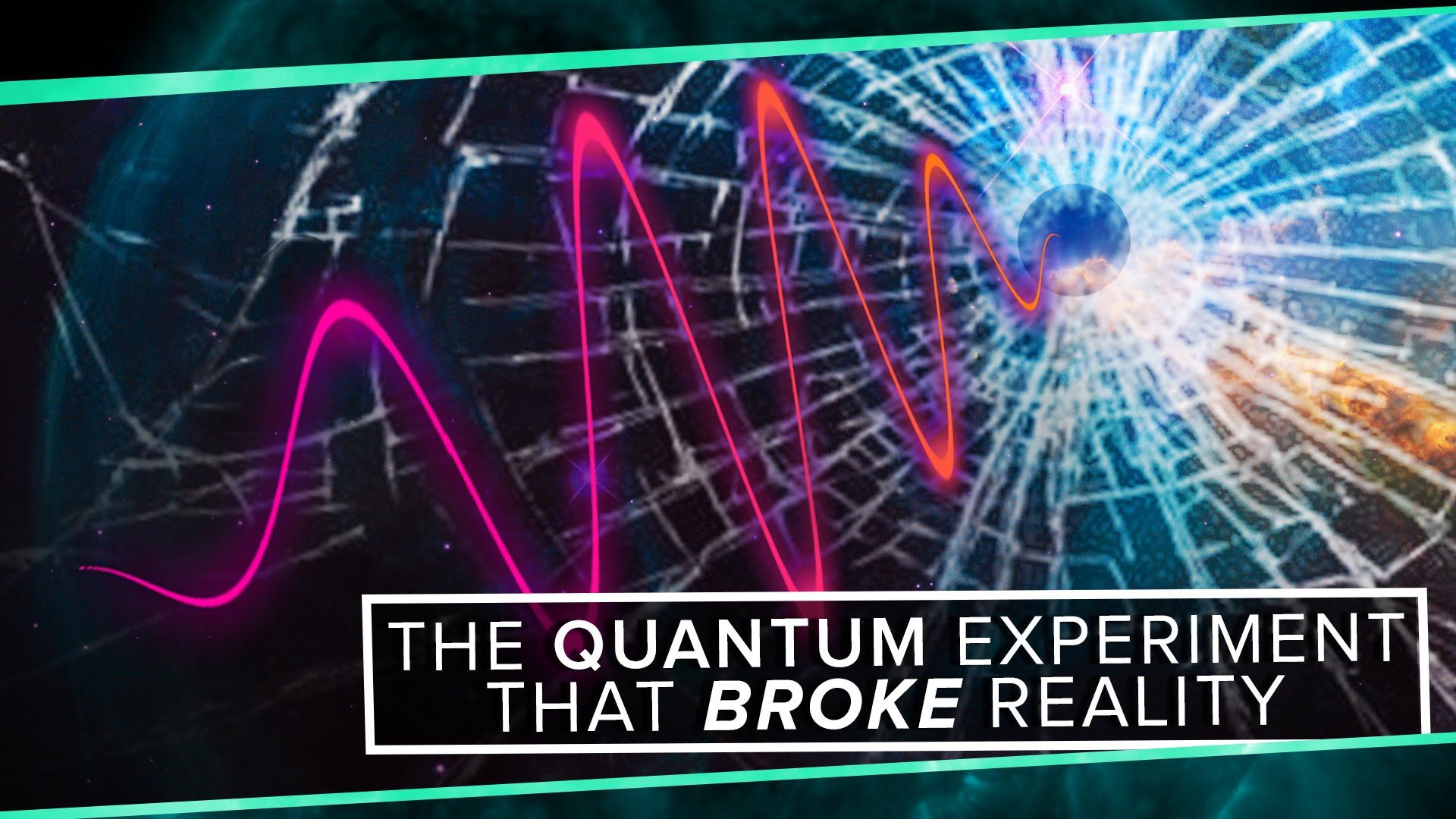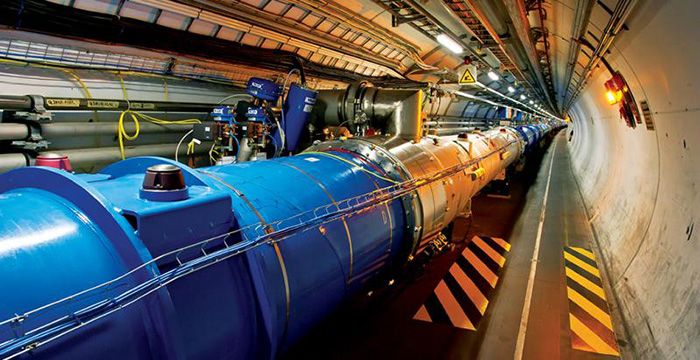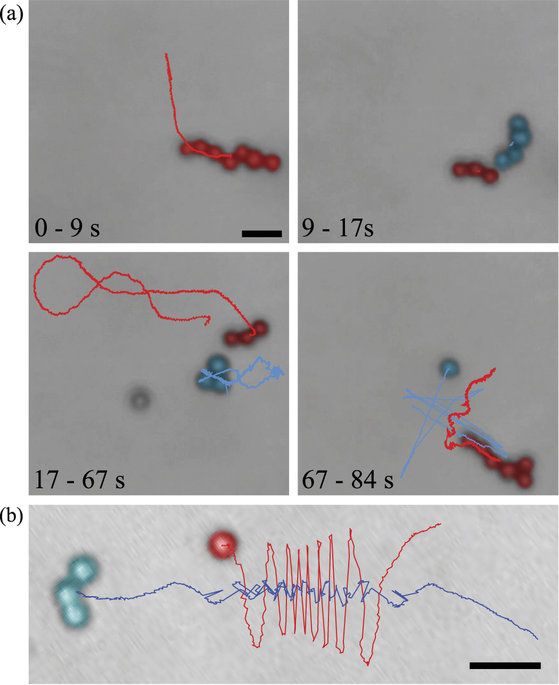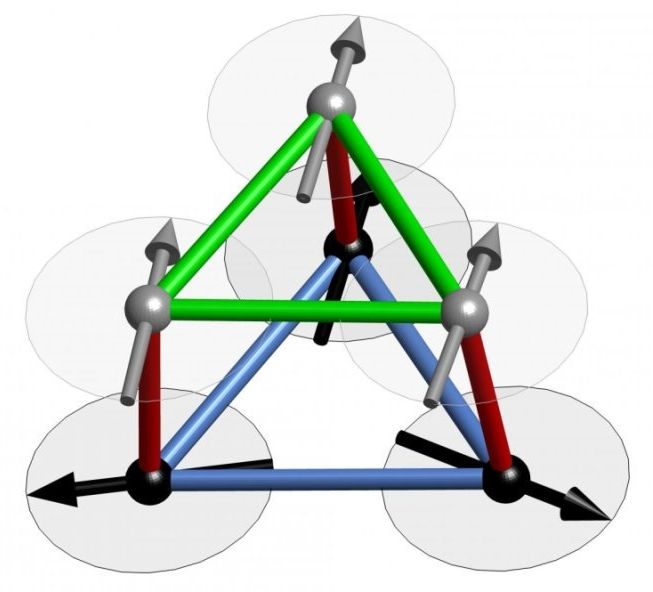Jul 30, 2016
Researchers apply quantum theory and Einstein’s special relativity to plasma physics issues
Posted by Karen Hurst in categories: particle physics, quantum physics, space
Among the intriguing issues in plasma physics are those surrounding X-ray pulsars—collapsed stars that orbit around a cosmic companion and beam light at regular intervals, like lighthouses in the sky. Physicists want to know the strength of the magnetic field and density of the plasma that surrounds these pulsars, which can be millions of times greater than the density of plasma in stars like the sun.
Researchers at the U.S. Department of Energy’s (DOE) Princeton Plasma Physics Laboratory (PPPL) have developed a theory of plasma waves that can infer these properties in greater detail than in standard approaches. The new research analyzes the plasma surrounding the pulsar by coupling Einstein’s theory of relativity with quantum mechanics, which describes the motion of subatomic particles such as the atomic nuclei—or ions—and electrons in plasma. Supporting this work is the DOE Office of Science.
Quantum field theory
